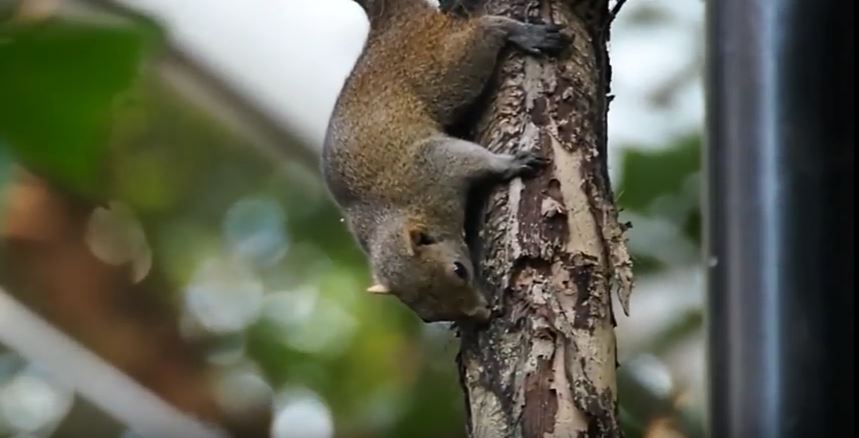Identifying squirrel tracks

The conflict between animals and humans is real. Sometimes you may find tracks but are unable to identify the animal responsible for them. One of the most common animals that you can encounter in your neighborhood is the squirrel. If it is snowy, then tracking can be a good idea, but in the summer the heat can actually discourage you and it may be a very tricky affair. Most people can identify a track, but with time such a track will definitely disappear, and if you don’t know a thing or two about squirrels, then you may have a hard time identifying them.
The characteristics
It is important to learn about the tracks made by squirrels if you want to identify them correctly. Many of today’s trackers depend heavily on the footprint characteristics and the scratches observed on walls and trees. The clues can really help. The studies that have been carried out on the rodents sometimes involve tracking them using drones and airplanes, but for an amateur there is a need to learn simpler methods.
The feet of a squirrel have some pads. The pads tend to create a solid and firm surface as they run along. The tracks that are left are only a half inch or even longer. Just like other mammals, one can make out five toes. Claws usually mark on mud and walls and when it snows, and then finding those tracks becomes even easier.
If squirrels are within your attic, then don’t expect any noticeable marks. However, when they are in the attic, you can actually use white powder to reveal the tracks so as to know exactly where they are within the attic.
Usually, the footprints of a squirrel are kind of blocky and the fingers are much longer when compared to those of rabbits. Theirs are also skinny and if this is what you notice around your property, it is easy to follow them. Some may lead up the trees, and if this is the case, you probably have red squirrels. After correct identification, it is now time to set traps and remove the animals.
Go back to the How to Get Rid of Squirrels page or email us if you have any other questions about Identifying squirrel tracks
About Us
We are the Pest Education Network, a non-profit organization that focuses on wildlife and pest removal education. Our approach utilizes Integrated Pest Management, a strategy advocating prevention and humane methods.


